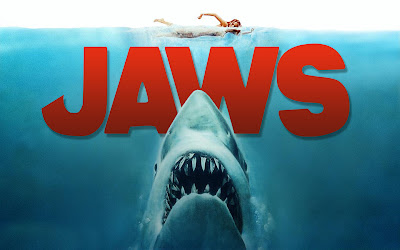Video Source: youtube.com/TrailersPlayground
One of the elements that made Kevin Costner’s suicide attempt scene in Dances with Wolves (1990) memorable was the great film score. In the scene, Dunbar, played by Costner, rides a horse, gets in between the two warring parties firing at each other, and attempts suicide in front of the enemy. The scene depicting Dunbar’s miraculous survival, as if it needs more aesthetics, is made even more gripping and powerful by a carefully selected soundtrack that won the film an Oscar for best original score.

Image Source: filmofilia.com
Music, with what it can do to a film, isn’t just a tool that adds life to a film. More than aesthetics, a score is notably one of the sources of emotions in a film. It’s a means to reach out to the audience; the tool that impacts a movie’s connection with the viewers. It is something that helps smoothen out anything that is deemed undesirable on screen, such as poor chemistry among the characters, ineffective acting, and bad setting. Music is an element that enhances the film experience and a tool that helps viewers make sense out of what they see on the screen.
Summing it up, a good soundtrack could add value to any film, good or bad.

Image Source: slckismet.blogspot.com
A recognition goes to some films which are too remarkable to be forgotten because of their soundtrack: Christopher Nolan’s Inception (2010), Steven Spielberg’s Jaws (1975), and Martin Scorsese’s Mean Streets (1973). These films got it right when it comes to utilizing music to enhance both the so-called diegesis, or the imagined dimension of the film, and the non-diegesis, or the factual world of the viewers.
Edward Bass believes that the screen is nothing but a barren composition without music. Click here for more information about film dynamics.